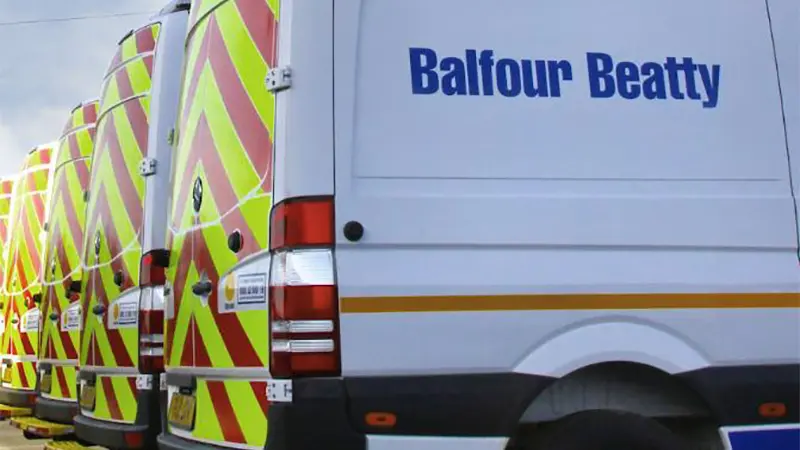
Fleet Size:
Fleet Size:
Company Cars: 3,500
Light Commercial Vehicles (LCV): 2,000
Large Goods Vehicles (HGV): 750
Total Designated Drivers: 9,500

Balfour Beatty have long since seen the benefits of effective fleet management and their recently updated case study shows continued improvement. Over the last 6 years Balfour Beatty have seen their crash frequency rate fall by 63% – equivalent to £570,000 of annual benefits.
“With over 6000 vehicles in our company fleet in the UK, safe driving is fundamental to the way we operate and we pride ourselves in leading the industry in a whole range of innovative vehicle and behavioural programmes.”
Andy Ormerod Managing Director
Plant & Fleet Services, Balfour Beatty
“There is nothing more important to our business than keeping our people and members of the public safe. We are continually striving to ensure that our vehicles and the training programmes we provide achieve the highest possible standards and we are delighted that it is recognised across the industry that we are leaders and influencers.”
Eric Renfrew Fleet Director
Plant & Fleet Services, Balfour Beatty
